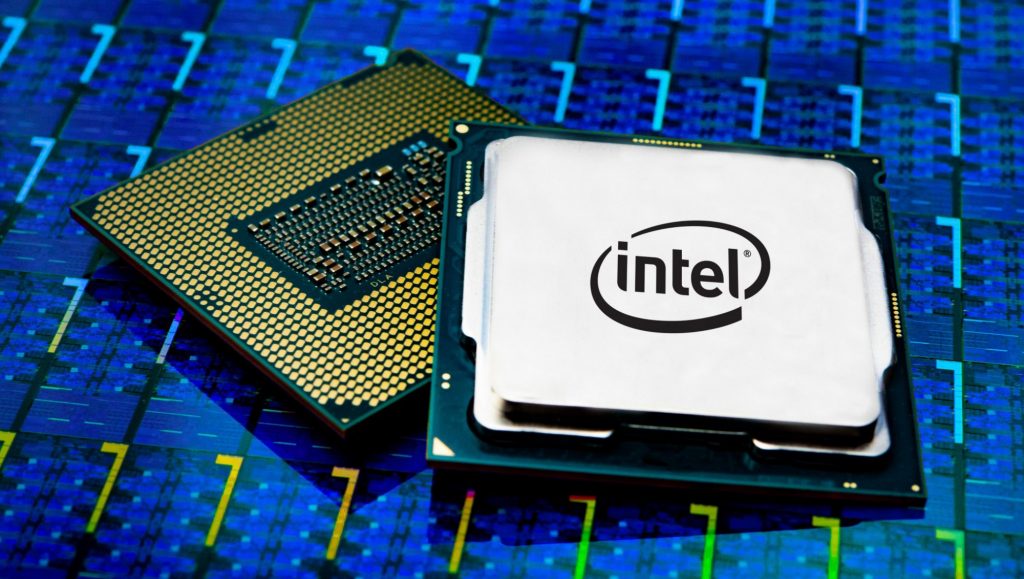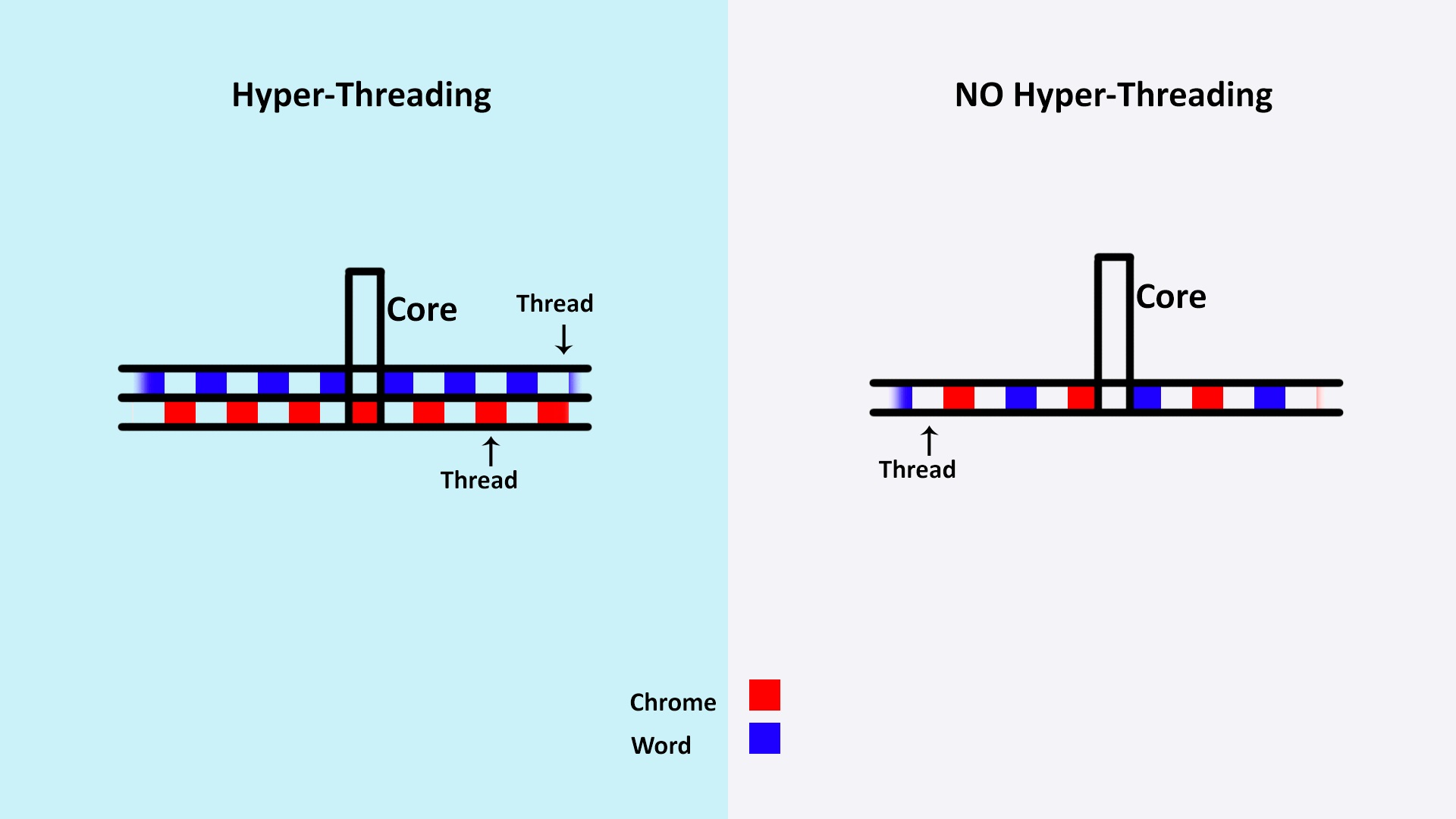
One of Intel company’s mottos is: “Software defines everything”. And this is true in our increasingly digital civilization and economy. Advanced users know that the heart and brain of a computing machine is the processor. And the better it is, the more powerful the computer is.
The engineers are always trying to increase power and performance of computer processors by adding more cores and by introducing multithreading. The information sent for processing is divided into several streams, and by doing this it will be possible to partially bypass the limitations of the binary calculation system on which almost all modern computer systems are based.
A simple question arises: why not introduce a different system of calculation, if the binary system at the present stage has already become a brake on the development of computer technology? Yes, it seems logical, but it is not easy at all and it is very expensive. One of the most important mandatory options for computer systems is compatibility. It turns out that in order to implement a better computing system, it would be necessary to simultaneously change absolutely all the computers and servers in the world, to develop new programs and applications.
This is literally an evolutionary leap, comparable to the transition from raw food to heat-treated food. If we compare computer processor to human brain, the productivity of the brain greatly increased after humans learned how to make fire and cook meat. This gave mankind a significant survival advantage over all other species. But at what cost to humans?
Therefore, computer hardware and software developers are trying to invent different ways to solve the problem and the ways to buy out the limitations of the binary system of calculations through the introduction of private innovations that do not change the essence of the processes.

Hyper-Threading technology in simple words
As one famous physicist said, an invention can only be useful if it is simple and beautiful at the same time. Hyper Threading technology provides a logically obvious engineering solution that for some reason no one has thought to implement before:
- The more cores, the higher the performance of the processor.
- The more threads, the faster the data is processed.
A logical question – why not integrate these two approaches? Intel processors with Hyper Threading technology use multi-threaded processing of digital data within each individual processor core. For example, if the processor has eight cores and each core processes two threads in parallel, a 16-fold increase in computer or server performance is achieved. Scientists call this result of introducing two or more innovations “synergy”.
What Hyper-Threading gives the user
The implementation of the described technology allows to increase the processor throughput by 30% or even more. This is a big advantage! A common situation when a user has to launch simultaneously in one operating system several rather heavy applications to work on a serious project: text and graphic editor, database, web-browser with connection to the Internet, and other.
Such multitasking leads to depletion of hardware and software resources of the computer and the system starts to “hang” or “glitch”. Or even the computer completely stops working due to overload.
A 30% increase in computer performance means that instead of, for example, 2 heavy applications the system can easily handle 3, and during important work the user will not find himself in difficult situations.




